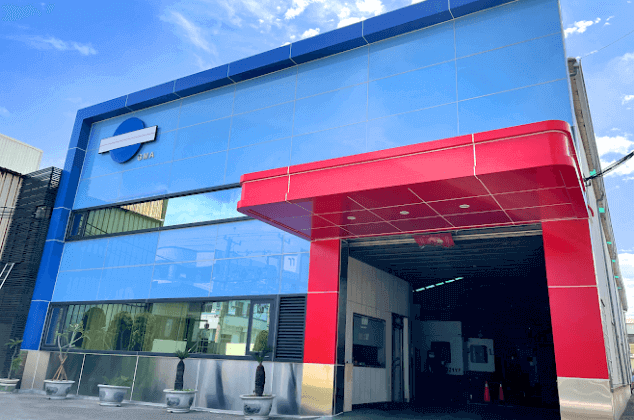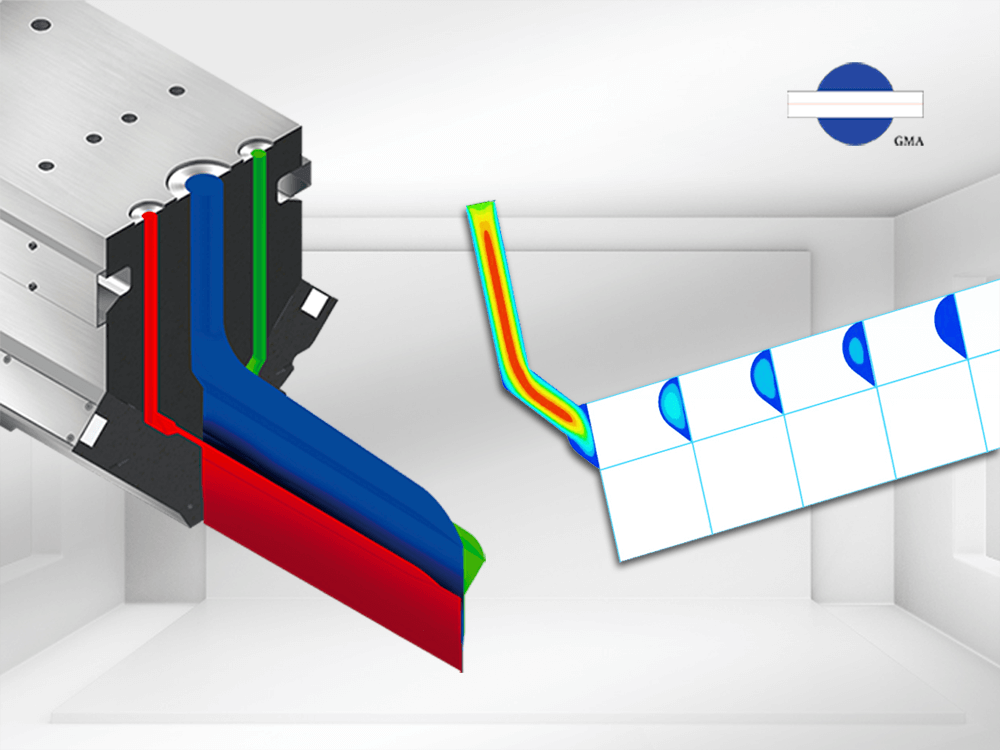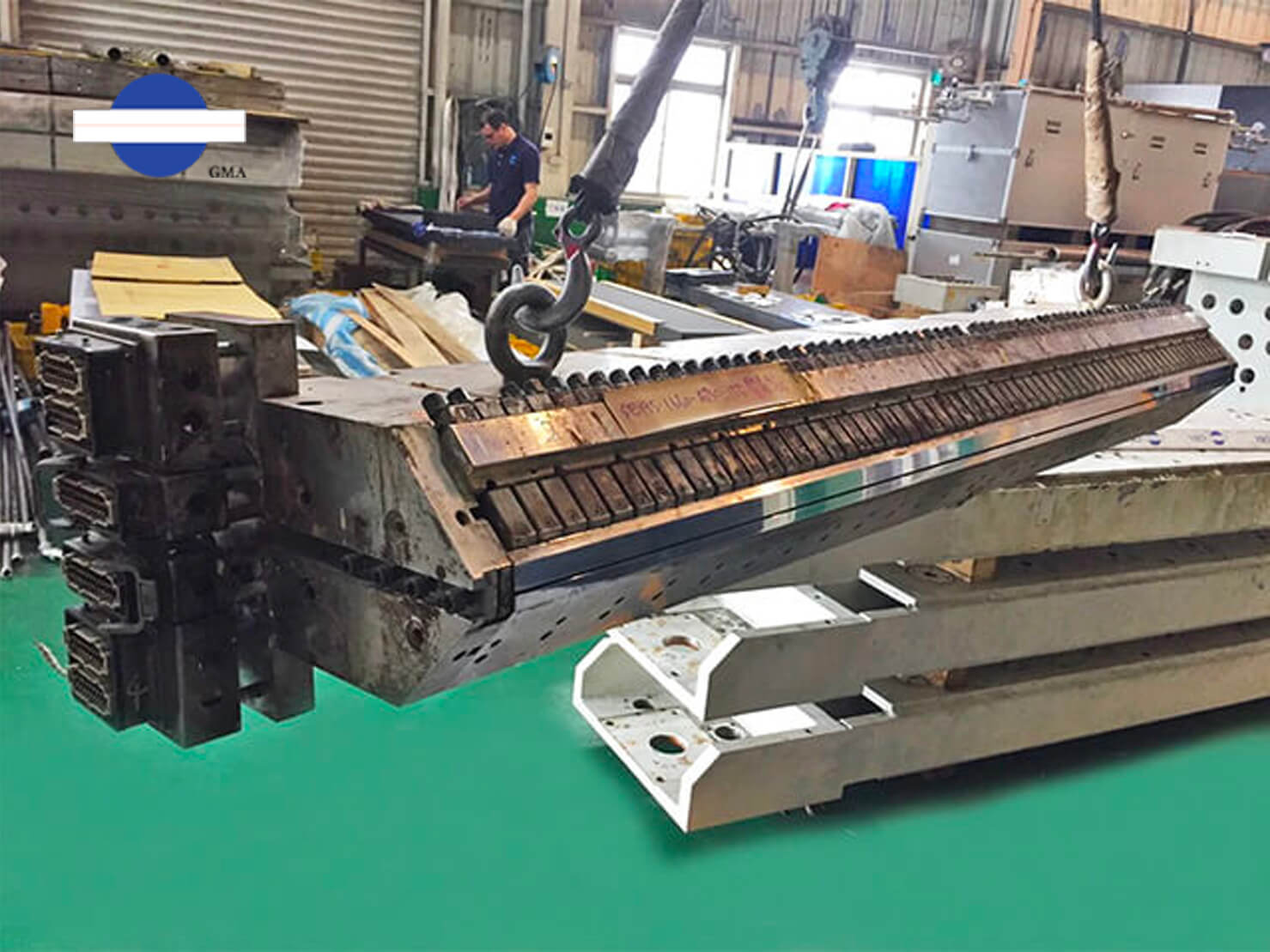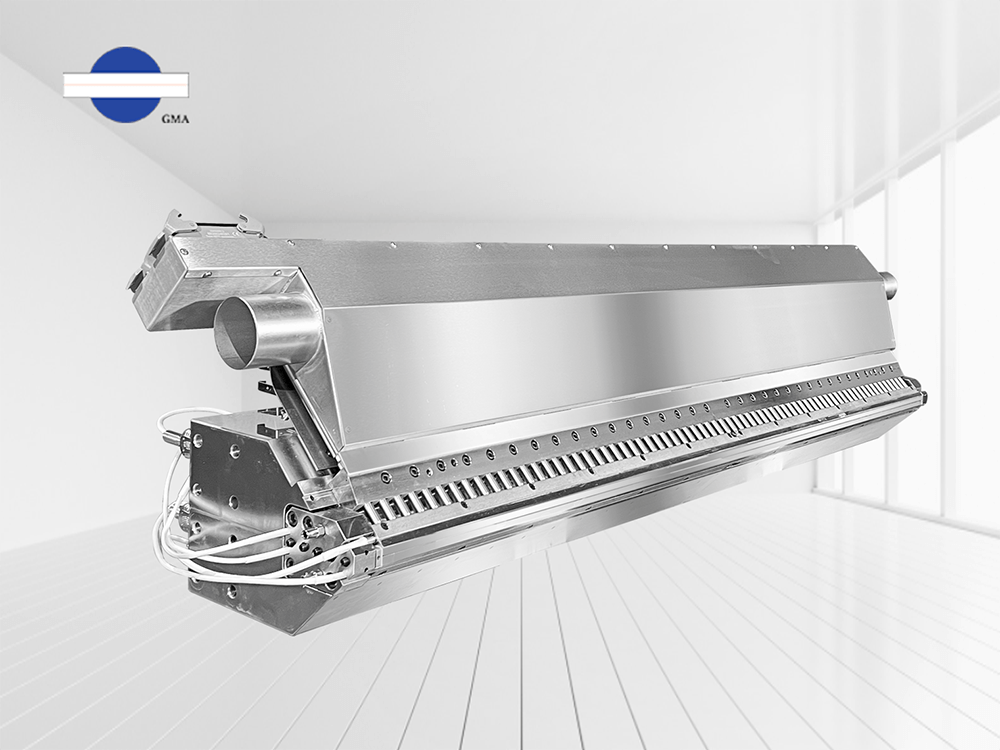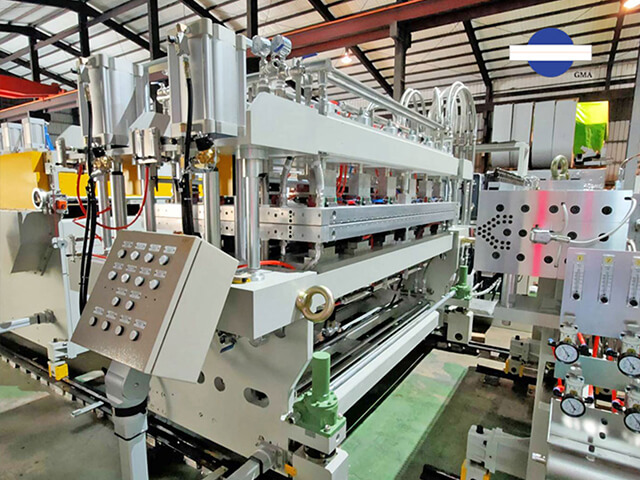Complete Unlocking: Deckle system of extrusion die
2024.02.29The design of extrusion die is tailored to meet the requirements of producing products. In addition to providing a lip adjustment system to accommodate variations in product thickness, different width adjustment systems are also provided to address the needs for changes in product width. These are referred to as the "deckle system." , there are three types of deckle system, external type, internal type, combined internal-external type.
What is deckle system?
Deckle system is designed for change the width of the extrusion die lip exit, to achieve adjustment of the width of the product based on different requirement, and with good quality. Most deckle system can be used by operators while the production line is running. However, some deckle system may require the production line to be stopped for adjustments. The type of deckle system to be configured for an extrusion die depends on the product specifications and the property of processing polymer.
External deckle system
Most commonly used in sheet extrusion dies, the external deckle system achieves the blocking of the die lip width by fixing blocks of a set size onto the die body. It offers L-shaped and U-shaped blocks depending on the gap of the die lip (U-shaped is suitable for larger lip gap). Adjustments with this type of block need to be made when changing specifications on the production line, requiring a shutdown. However, to cater to specific needs of the production line, some versions of these blocks are equipped with handwheels for easier operation, allowing width adjustments to be made while the production line is running.

Left: L-shaped external deckle, Right: U-shaped external deckle, typically used for molds with larger die lip openings.
Internal deckle system
Most commonly used in film and lamination dies. Due to differences in the design of the flow channels, film die often employ coat hanger channel, and lamination die typically use T-shaped channel, but some lamination die may apply coat hanger channels. Channel design is based on the property of processing polymer, and the principle behind the internal deckle is to block the width from inside chamber, thereby achieving the desired width variations. Therefore, the design of internal deckle considers the form of the channel and operational requirements, resulting in different designs. Generally, in coat hanger channels, the internal deckle system blocks the secondary channels and the landing area. For T-shaped flow channels, a full-channel closure blocking is typically employed.
Internal deckle for meeting narrow lip gap, for example, lamination die lip gap is approximately 0.7-0.8mm, it means that there is limited space for accommodating deckle system. Consequently, precision in both extrusion die and deckle system is crucial. Additionally, differences in the thermal expansion coefficients of die and deckle system materials increase the risk of leakage if not carefully managed. Besides that, for lamination production line, minimizing edge trim waste is essential. This aspect can be addressed in the design of deckle by adjustments to achieve edge-trim-free conditions.

Left: Full-channel closed internal deckle typically used for width adjustment in lamination dies.
Right: Most lamination dies adopt this type of deckle, the blocks the secondary channels and landing area inside in the die chamber to achieve width adjustment.
Considering the operators to use deckle system easily while the production line is running, the internal deckle equips with an ergonomically designed and simple handwheel for driving. Additionally, the deckle is equipped with a scale ruler, allowing operators to easily see the adjustment range. As the internal deckle comes into contact with the die chamber surface during operation, particularly in the landing area, it is crucial to prevent any potential damage to the channel surface caused by the operation of the internal deckle. Therefore, internal deckle is often made of softer materials like copper compared to the mold steel. Moreover, internal deckle pushing is necessary during operation. If there is any residue or sticking material on the lip opening or inside the chamber causing the internal deckle to operate unevenly, residue removal must be performed first to avoid forcing the internal deckle, which could lead to damage to the internal deckle components and wear on the chamber surface.
For certain operators who may operate in high-temperature production environments, safety considerations are paramount to prevent operators from getting too close to the extrusion die while using internal deckle, which could pose a risk. In response to such safety concerns, the handwheel device can be replaced with a motor-driven according to customer requirements. This modification allows for greater convenience for operators while ensuring safety requirements are met.

Replacing handwheel operation with motor-driven operation for increased efficiency and safety considerations.
Combined internal-external deckle system
Designed to meet the specific requirements of a minority of customers, some polymer may have fast flow rates and low viscosity, yet demand thicker product thicknesses. When using only an internal deckle in such cases, there's a significant risk of the gap, that is between the die lip and the deckle system to become too large over prolonged exposure to high temperatures, leading to material leakage. To address this unique formulation and process, a combined internal-external deckle system is employed. It combines the advantages of both types of deckle system, offering ease of operation and comprehensive blocking. Utilizing a sleeve drive method, operators can easily use the deckle system while the production line is in operation.

Combined
Internal-external deckle adopted to meet special requirements.
By the way, it is generally recommended that
the width of the deckle system does not exceed one-third of the width of the
die lip. The wider block area may cause significant pressure changes within the
die chamber, disrupting the uniform distribution of plastic inside the chamber and
thus affecting product quality. Additionally, excessively wide deckle system may
increase the difficulty of adjustments for operators.
Learn
more: Three Key Techniques for Adjusting Lip
Opening in Extrusion Dies
With
the diverse demands of modern production processes, extrusion dies are designed
and fabricated to provide users with the capability to produce a variety of
products with different widths and thicknesses within a certain range. By
incorporating feed block or multi manifold extrusion dies, further structural
variations in products can be achieved. For customers, having an extrusion die
with appropriate design coupled and excellent craftsmanship, it is not only the
best tool for maintaining stable production capacity but also a critical factor
in ensuring product quality assurance.


